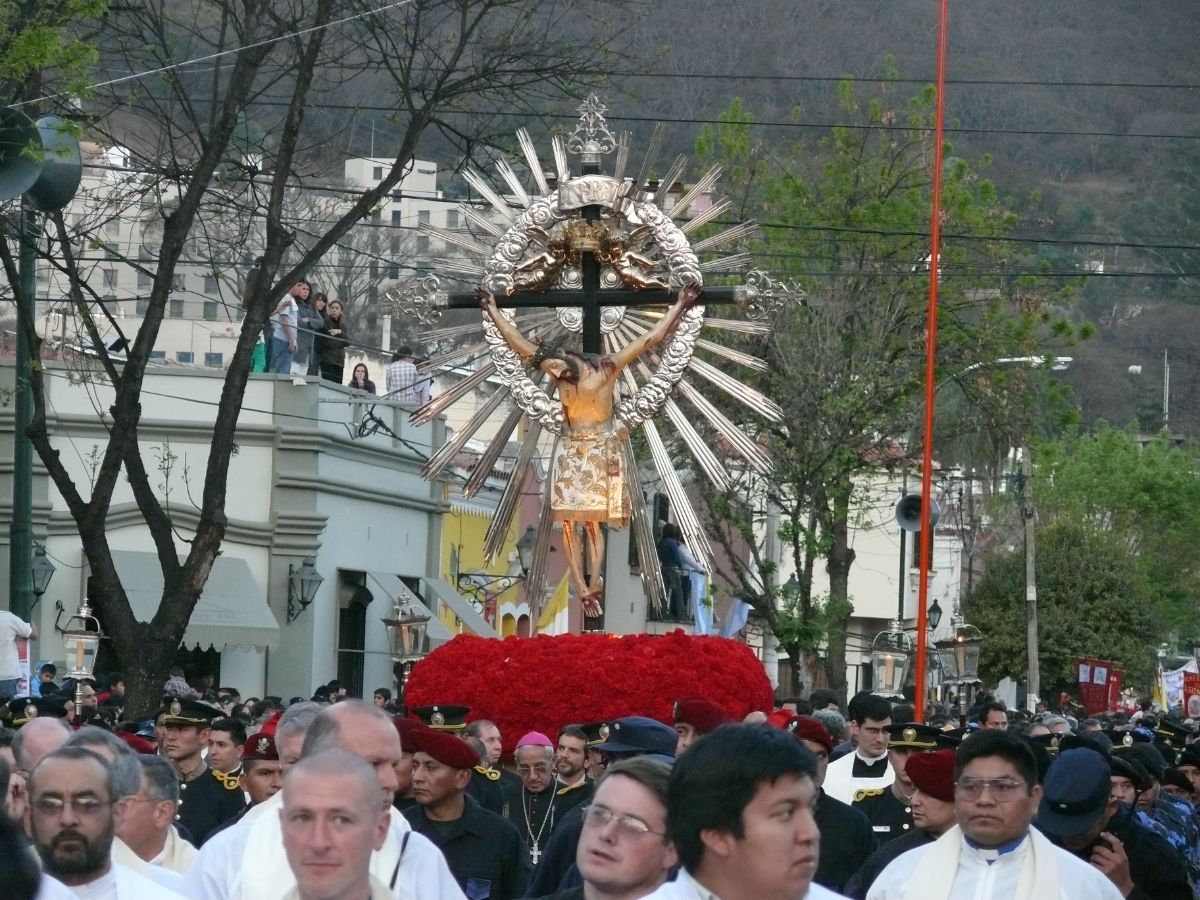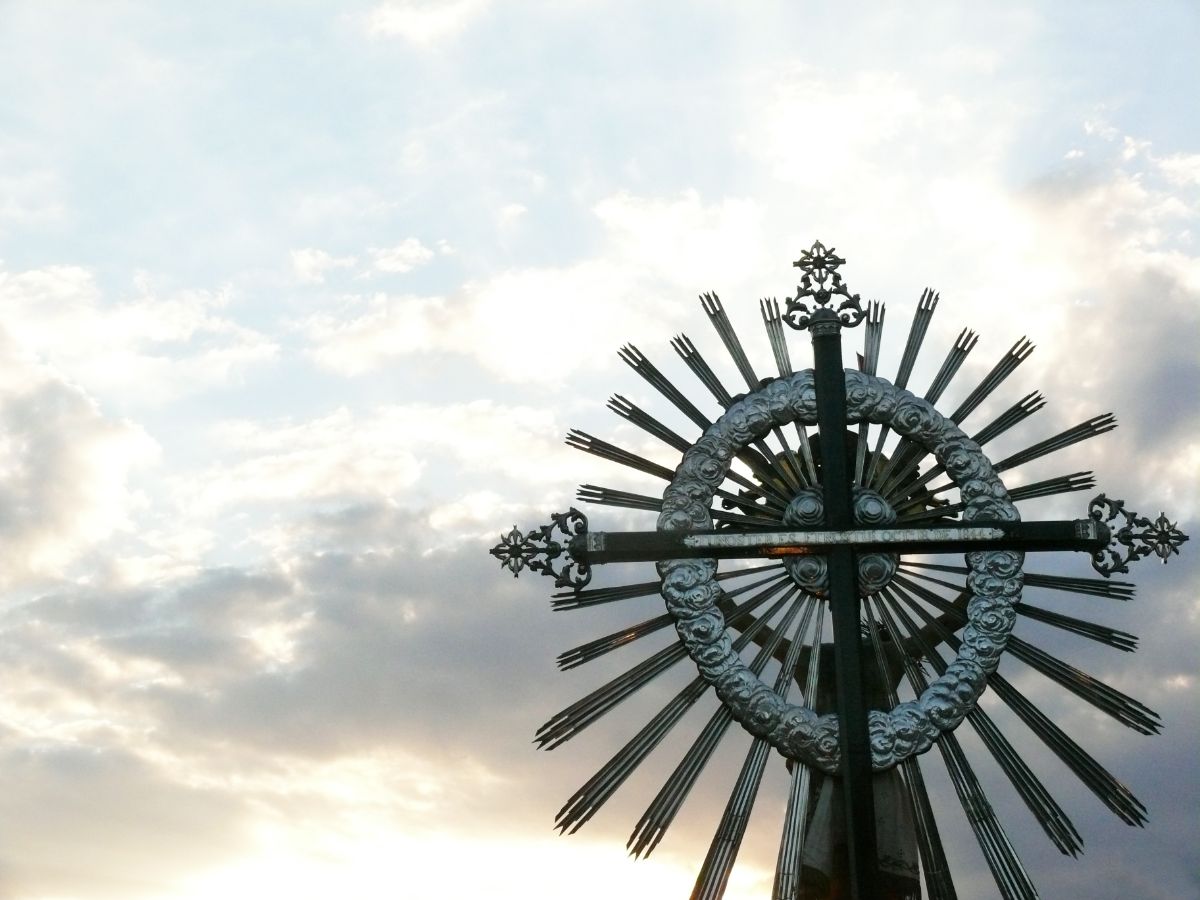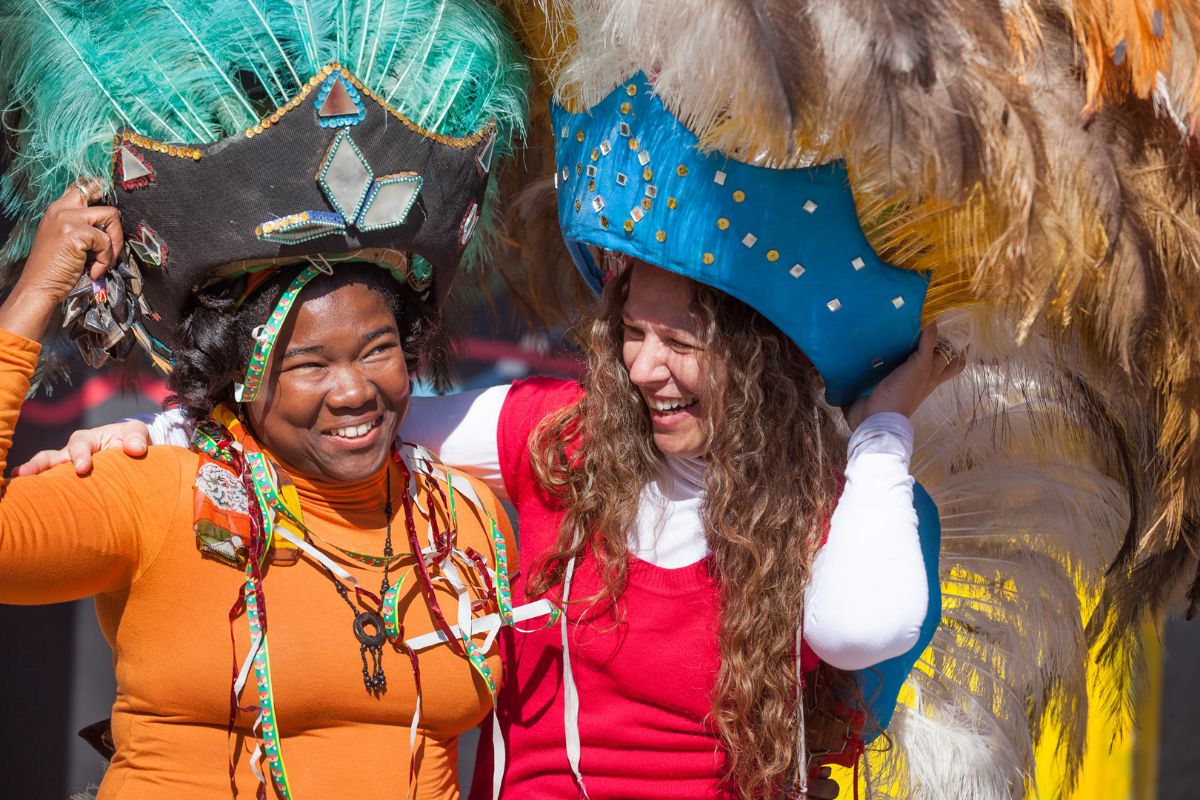The archaeological remains are witnesses of the ancestral traces of these lands; Qhapaq Ñan, which means "the main road" in the Quechua language, refers to the pre-Hispanic Andean road. Much later, with the Spanish conquerors, the mixture of two races arose, the origin of the identity of the being that today inhabits these lands.
In this way, it is not surprising that the popular festivals and various traditions, which take place in the different towns of Salta, combine a religious spirit with the colorful magic that emanates from their music, dance and traditional rituals. This mixture is demonstrated in the angels of baroque paintings, which have indigenous features, even today the craftsmanship denotes this combination.
The way of speaking, the music, the dances and even the way of dressing make the Salteño a particular man, noted for his serenity, hospitality and sympathy.
Gaucho Traditions
On each anniversary of the Passage to Immortality of General Martín Miguel de Güemes, the Guard under the Stars and the Gaucho Parade are held in his tribute with around 3,000 gauchos.
As only the great conquer it, all the people of Salta pay homage to their gaucho hero: parades, custodies, parades, guitars and serenades, are dyed with the red and black of the ponchos that protect those who embrace the same feeling of respect and admiration. to General Güemes.
The Guard Under the Stars begins to have a strong presence and summons, alternating between the Quebrada de la Horqueta and the Gaucho Monument starting in 1944. Today, it is the presence of youth in history. That is why every June 16 with its last day, we Salteños deeply participate in its veneration in one place or another.
Pachamama
Popular Religiosity. The ceremony to Pachamama -Mother Earth- is an ancestral aboriginal custom that continues to this day. It is the gratitude of the people for all that she offers, an offering that begins with the invocation of the Virgin Mary or the patron saint of the place.
Generation after generation, this ancestral ritual is carried out in private homes or in public places. The aboriginal heart and spirit are confused with the surprised gaze of those who curiously observe the development of this ritual, the greatest exponent of religious syncretism, where pagan Inca customs are confused with the Catholic religion and the traditions of each locality. Inside a well dug in the ground, after the traditional "Kusilla, kusilla, Pachamama", drinks and food are poured into the well: beer, chicha, wine, liquor, locro, corn, pumpkin, coca leaves, tobacco… .everything that is possible thanks to the generosity of the earth.
"Corsos y carpas"
In Salta, the main cultural manifestations are the "corsos y carpas!. The <corsos> are made up of groups of residents who compose songs and dances wearing rich costumes that identify them, inspired by indigenous designs. And the <carpas> are places where carnival is celebrated, with dances and folk music performed by popular orchestras. The entire month of February is carnival.
The Miracle in Salta
During the month of September, the people of Salta overflow with joy and faith, venerating their Patron Saints, the Lord and the Virgin of the Miracle, in each of the different celebrations in their honor. As of September 1, the pilgrimages begin and the Solemn Triduum takes place on the 13th, 14th and 15th, culminating on the last day with the procession and renewal of the Pact of Fidelity, summoning more than 800,000 people year after year.
Every year, for this date, pilgrims from all over the province arrive in Salta walking from the most distant places in the Andean North, Puna, Green North, Calchaquíes Valleys, Historical and Gaucho South, Lerma Valley and from Salta and its surroundings. A pilgrimage is only made by walking.
You can also consult the calendar of Popular festivities






Deja un comentario